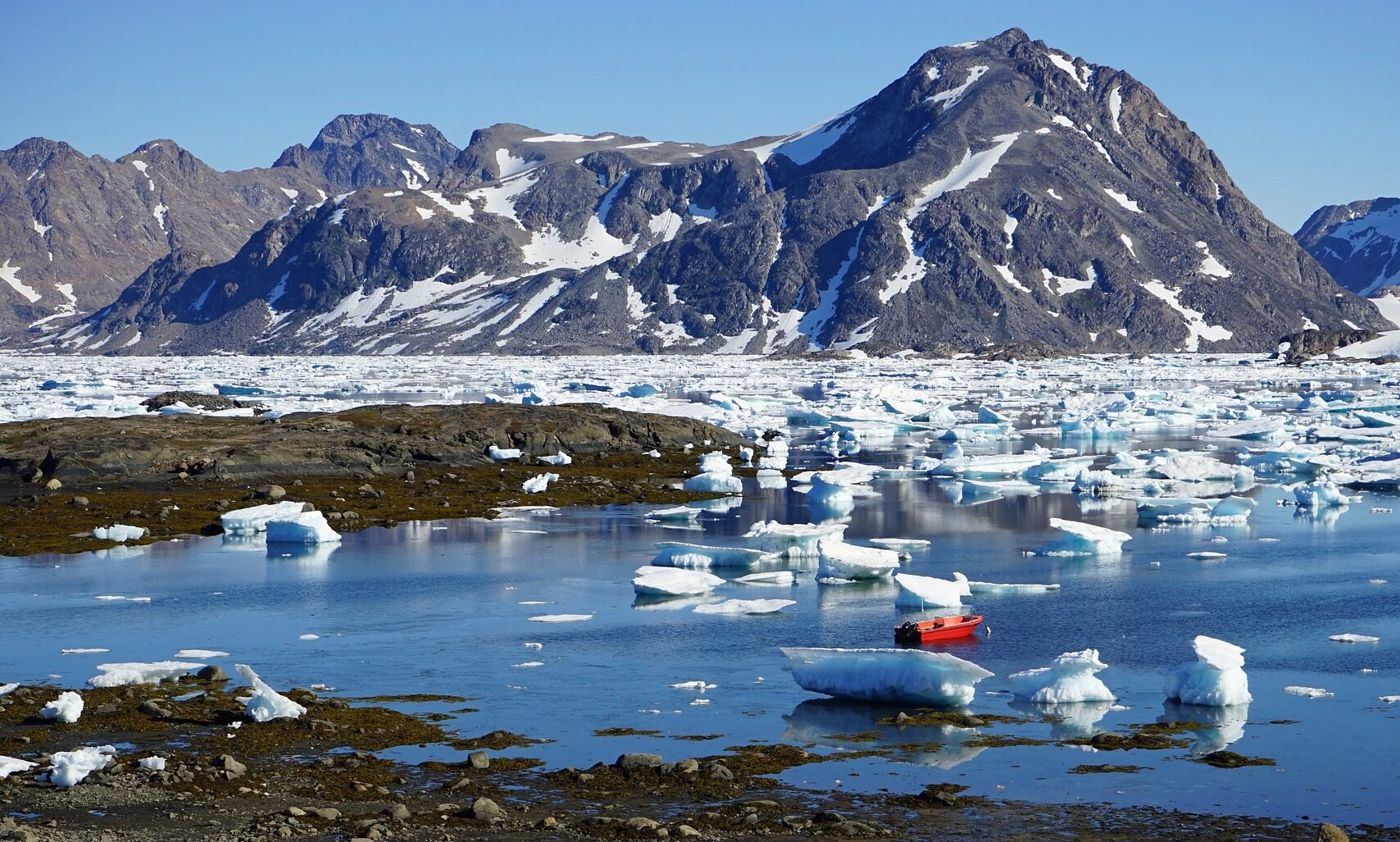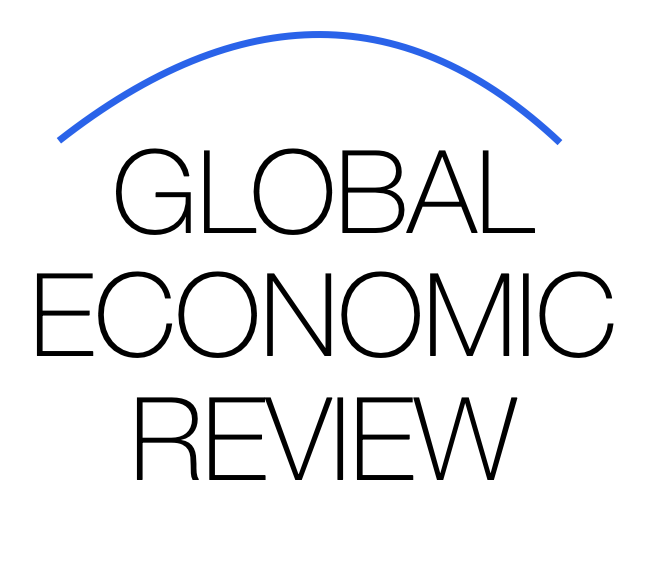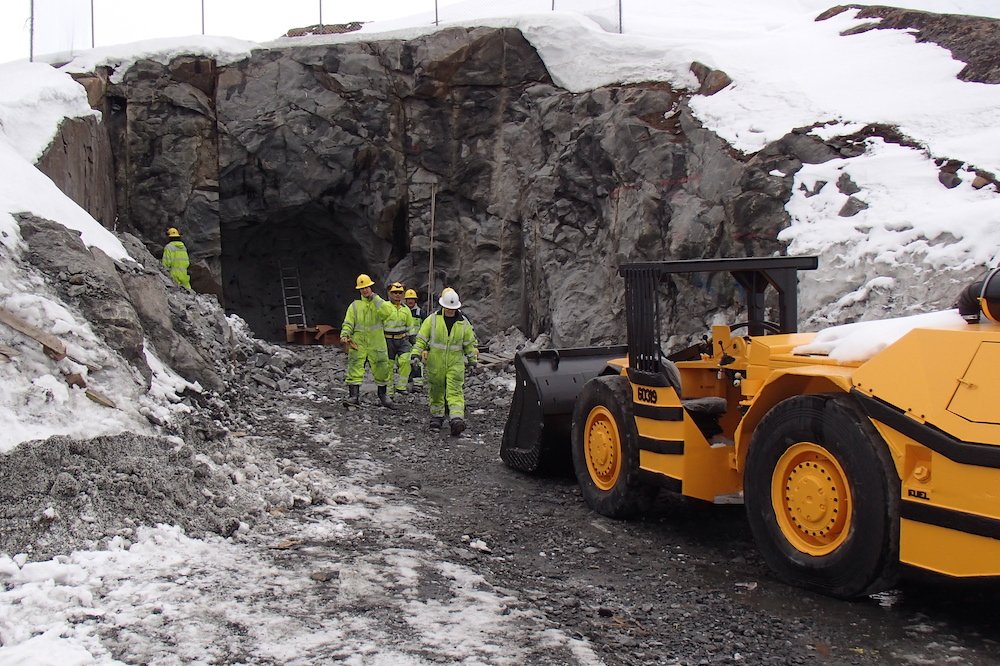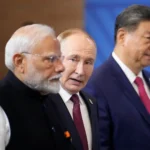Greenland’s Rare-Earth Rush: How Trump Allies Are Eyeing the Arctic’s Tech Treasure Trove

Greenland, the icy world’s largest island, long known for its vast glaciers and remote landscapes, is rapidly emerging as a focal point in the global race for rare-earth minerals—the critical components powering everything from smartphones and electric vehicles to advanced defense systems. Behind this Arctic frontier’s growing allure is a complex web of geopolitical ambitions, economic opportunity, and powerful players linked to former President Donald Trump.
Why Greenland? The Rare-Earth Opportunity
Rare-earth elements (REEs) like neodymium, dysprosium, and terbium are essential for manufacturing high-tech electronics, renewable energy turbines, and missile guidance systems. Despite their name, these minerals are relatively abundant but notoriously difficult and environmentally challenging to extract.
China currently dominates global rare-earth production and processing, controlling over 80% of the supply chain. This concentration has raised alarms in Washington, which views dependence on Beijing as a strategic vulnerability, especially amid intensifying U.S.-China competition.
Greenland’s geology is promising. The island is believed to possess some of the world’s richest deposits of rare earths and other critical minerals, including uranium, zinc, and rare metals vital to clean energy and defense technologies. Exploiting these resources could diversify supply chains and bolster U.S. national security.
Enter the Trump Allies
Capitalizing on Greenland’s potential, a network of well-connected business figures with ties to the Trump administration has moved swiftly to stake claims and build mining ventures. Among them is a CEO with strong political and financial connections who is spearheading efforts to develop rare-earth mining infrastructure on the island.
This executive’s approach combines strategic lobbying, partnerships with local Greenlandic authorities, and efforts to secure U.S. government backing—positioning the company as a key player in reducing America’s reliance on Chinese rare earths.
The High-Stakes Game of Geopolitics and Profit
The involvement of Trump allies underscores how resource extraction in Greenland is not just about mining—it’s a geopolitical chess match. The U.S. government has expressed interest in supporting rare-earth development as part of broader Arctic strategy to counter Russian and Chinese influence.
However, the project also presents lucrative opportunities for investors. The global demand for rare earths is skyrocketing, driven by the transition to green energy, electric vehicles, and advanced military hardware. Early movers stand to gain significant profits if they can navigate Greenland’s challenging environment and complex regulatory landscape.
Challenges in the Arctic Frontier
Mining in Greenland is no easy task. The island’s extreme weather, fragile ecosystems, and indigenous communities require sensitive and sustainable approaches. Environmental groups warn of potential damage to pristine habitats and call for rigorous oversight.
Moreover, Greenland’s autonomy within the Kingdom of Denmark means that any mining initiatives must balance local interests, Danish regulations, and international diplomacy. Negotiations are ongoing to ensure that economic development benefits Greenland’s population without sacrificing environmental and cultural values.
U.S. Government Involvement and Support
The Biden administration has signaled strong support for diversifying rare-earth supply chains. Initiatives include funding research, incentivizing domestic and allied production, and strengthening partnerships with Arctic nations.
Trump-era policies laid groundwork for heightened Arctic focus, and the presence of Trump allies in Greenland’s mining ventures bridges political eras, offering continuity in U.S. strategic interests. However, questions remain about transparency and potential conflicts of interest given the political ties involved.
What’s Next for Greenland’s Rare-Earth Dreams?
As exploration ramps up, Greenland could soon become a critical node in the global rare-earth supply chain. Success will depend on:
- Navigating geopolitical rivalries without escalating tensions.
- Balancing economic growth with environmental stewardship.
- Ensuring that local Greenlandic communities share in the benefits.
For the U.S., Greenland offers a chance to lessen China’s grip on critical minerals. For private investors and politically connected CEOs, it presents a high-risk, high-reward frontier where strategic interests and profits converge amid the ice and rock.

















